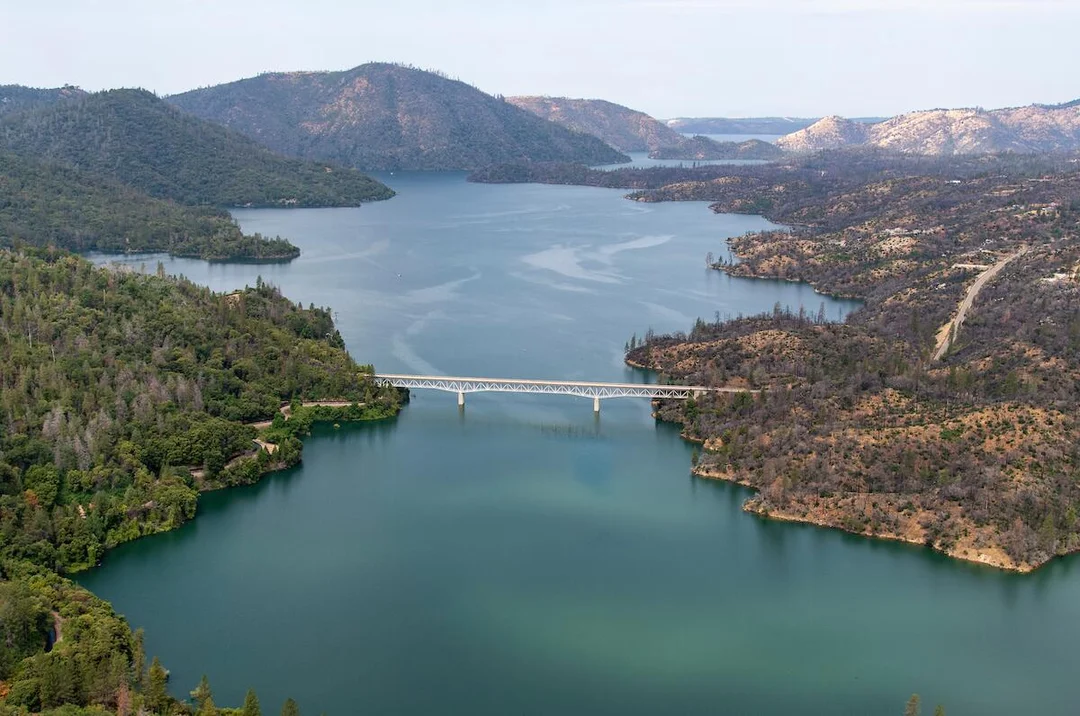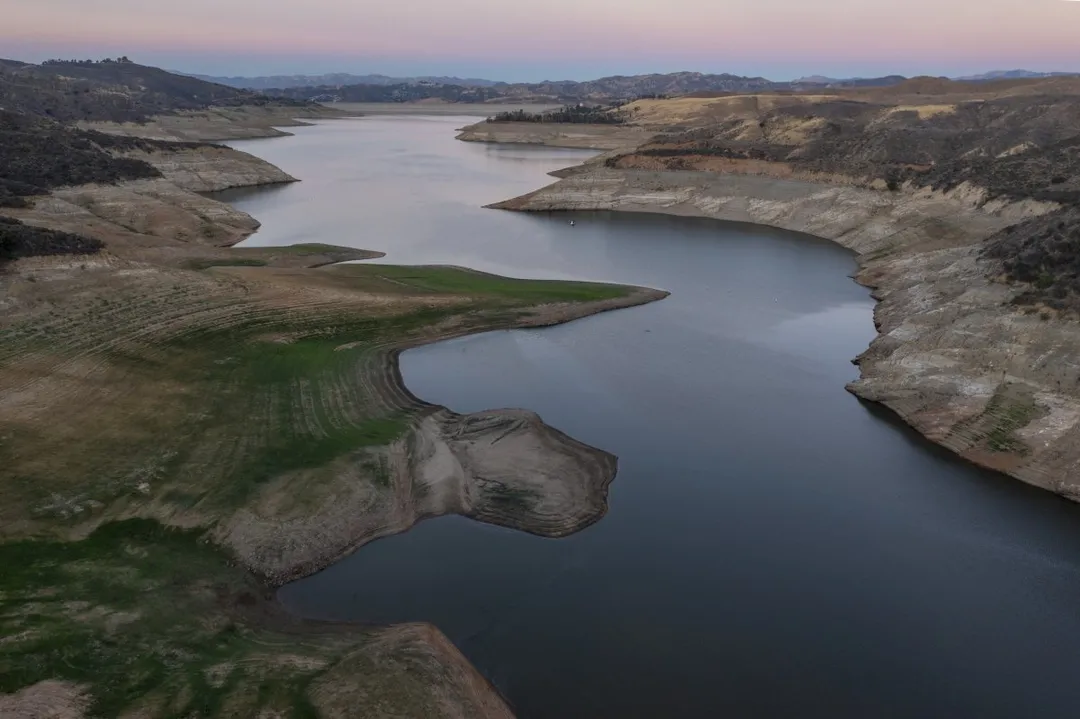
Could California’s Water Woes Be Turning the Tide?
In a state where water is both a lifeline and a perennial challenge, recent developments suggest a glimmer of hope for California's parched regions. Southern California cities are set to receive a significant boost in water allocations, potentially easing longstanding concerns over supply amid fluctuating weather patterns. This shift, driven by robust snowpack and reservoir levels, underscores the delicate balance between environmental needs and human demands in the Golden State.
The State Water Project has announced an increase to 50% of full water allotments for Southern California, up from 40% last month, thanks to ample runoff from this year's snowpack. Karla Nemeth, director of the California Department of Water Resources, highlighted the benefits in a statement: 'Our full reservoirs will allow us to help meet the needs of the State Water Project contractors and their customers this year.' This boost is timely, as Lake Oroville, the project's largest reservoir, stands at 95% capacity and could reach full levels for the third consecutive year, a milestone not seen since the late 1990s.

Comparisons to recent years paint an optimistic picture. While 2023 and 2024 saw snowpack at 241% and 113% of average respectively, this year's figures are near normal at 100% as of early April. However, experts warn that this isn't a long-term fix. Jennifer Pierre, general manager of the State Water Contractors, called for more operational flexibility: 'Delta exports have been running at less than half capacity while contractors continue to pay for 100% of the system’s operation.' Environmental advocates, like Ashley Overhouse from Defenders of Wildlife, express concerns over increased pumping, which could harm native fish species already under threat.
Despite these gains, challenges persist. The federal Central Valley Project mirrored this increase, raising allocations to 50% for agricultural users south of the Delta. This synchronized effort highlights a broader strategy to maximize supplies, as noted in a recent Trump administration announcement. Yet, outdated regulations like D-1641 continue to limit pumping, potentially wasting water during wet periods. As California navigates these complexities, the interplay between hydrology, policy, and ecology remains critical.
In essence, this year's water improvements offer a reprieve but raise questions about sustainability. Will these measures hold against future dry spells, or do they mask deeper systemic issues? As Californians adapt, the conversation around water management evolves, blending science with policy to secure a resilient future.